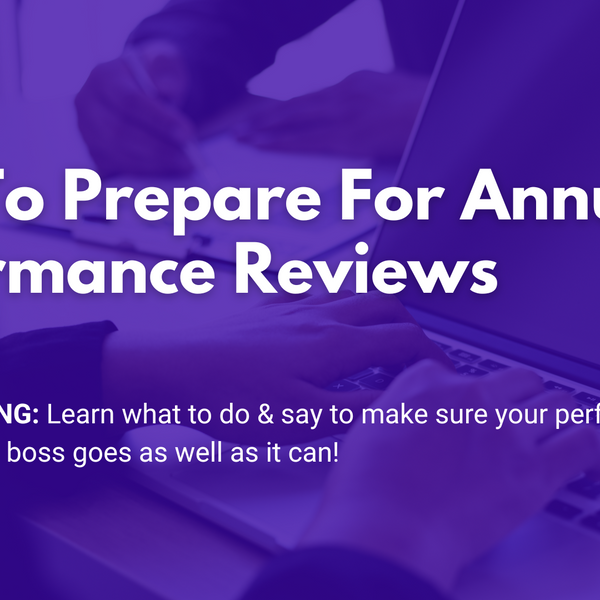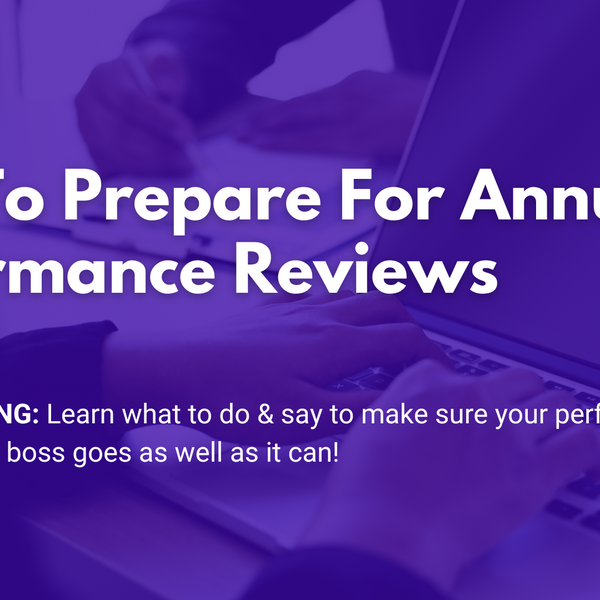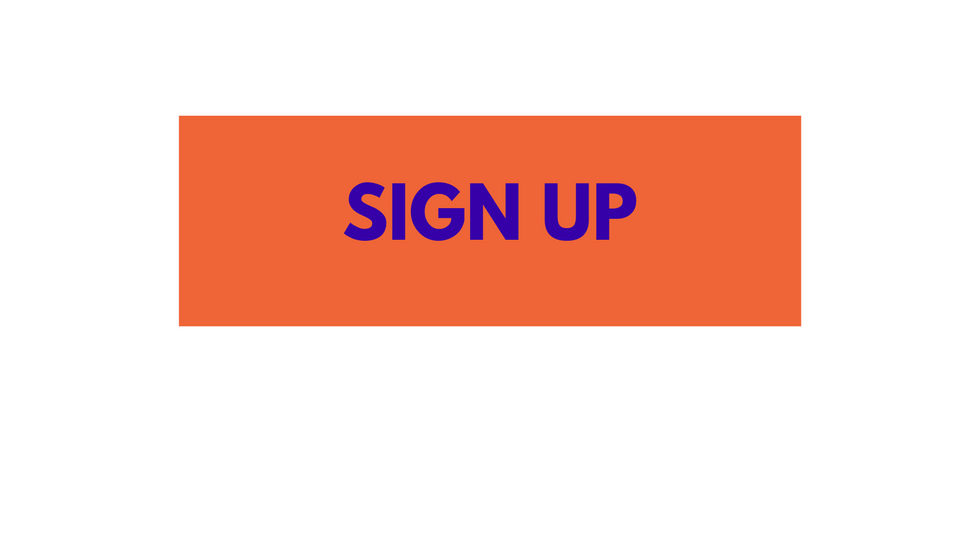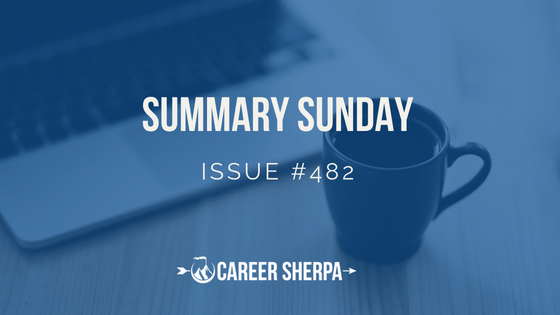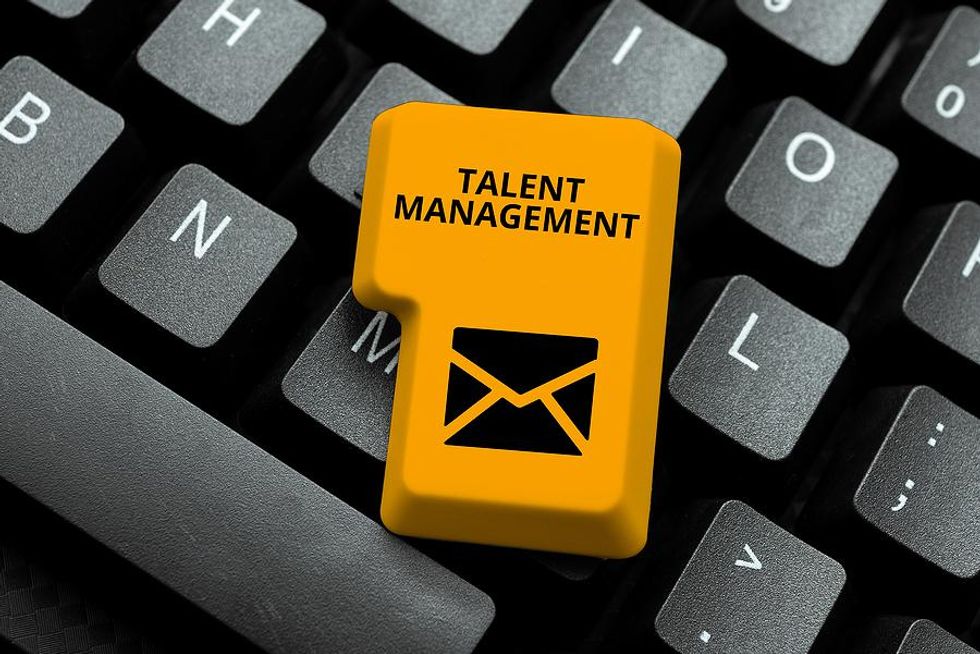
The world has changed considerably since the start of the COVID-19 pandemic. Weâve been going through so many changes, on various levels. Still, change is hard for so many reasons and people respond to it quite differently. The change management tips to know are about people, technology, self-awareness, and sustainability.
1. People

âFor enterprise-level systems or technology change projects, there are so many moving parts. Companies could forget to engage their most valuable resources, the people who will be impacted by the change. In that case, thereâs confusion about why the change is valuable and how the change affects the day-to-day work.
When change is communicated properly and messaged in a clear way, it can be empowering. The stakeholders understand the purpose of the change and directly how it will influence them. This could be managed by conducting a stakeholder impact and analysis, creating a stakeholder engagement committee, and nominating change champions throughout the company.
2. Technology

Naturally, technology is continually changing, and change is still hard for most people. Although the business knows some changes (such as year-end upgrades) are required, it will still make some groups anxious and put them on edge. Having a strong change management process is critical to ensure the change is successful.
Identify the change details such as the purpose, impact, timing, etc. Communicate this information to make sure the business has a clear understanding. Then get the key stakeholders to approve the change. Once the change has been implemented, you want to review to make sure the desired results were achieved. Make sure you report the results (successes) to the organization. With each successful change, it will make the organization more comfortable with the next change.
3. Self-Awareness

Experiencing change, itâs not just for everyone else. Many times, you will experience change, as well as manage it. And itâs not as easy as we preach. We all have our own things that we hold on to and itâs somewhat surprising when you find yourself in the resistance category. Not only is it surprising, but itâs also difficult to recognize in ourselves.
Are you avoiding attendance to a training session? Are you leaving out pertinent information to messages? Orâmy favoriteâare you having trouble making definitive decisions related to the change? These are only a few signs of change resistance but taking a few moments to reflect on our own behavior will alert us to any of our own resistance and then we can take steps to figure out what we need to move forward.
Many times, resistance is centered around losing control of something we have invested in emotionally. Recognizing this fear helps us deal with our emotions constructively, find ways to honor our investment, and then enter into a new change mindset that is open to new emotional investments.
4. Sustainability

Building on the changeâthe change work isnât done when everyone celebrates the âgo liveâ day. To get the full value of the investment and have the change stick, an organization must plan and execute for ongoing commitment, consistency, and keeping value creation in focus. Among companies that report successful completion of change initiatives, most will report 1-2 years later that the success wasnât sustained, or it looks measurably different from what was first celebrated. Why is that? If people donât see and experience the promised value of changes, they have no reason not to go back to what they were familiar with before. If the new way isnât line of sight, relatable, and delivers consistently better results for ALL the stakeholders involved, then disappointment will lead to confusion, followed quickly by abandonment.
Yet it doesnât have to happen this way. Understanding that change is a process, not an event, and putting into place âscaffoldingâ that supports the right conditions for the change to take hold and visibly produce value makes all the difference. Every change project is an opportunity to build the capacity for adaptability and responsiveness within an organization because there will be more changes to come in the future. Organization leaders and project sponsors who make clear the importance of the change and remain present not just for accountability but also for engaging in sense-making conversations create confidence that the change is driven by a âwhyâ and not just a âwhat.â When people connect these dots together, they see a way to collaborate and win as a team, and who doesnât enjoy winning?
